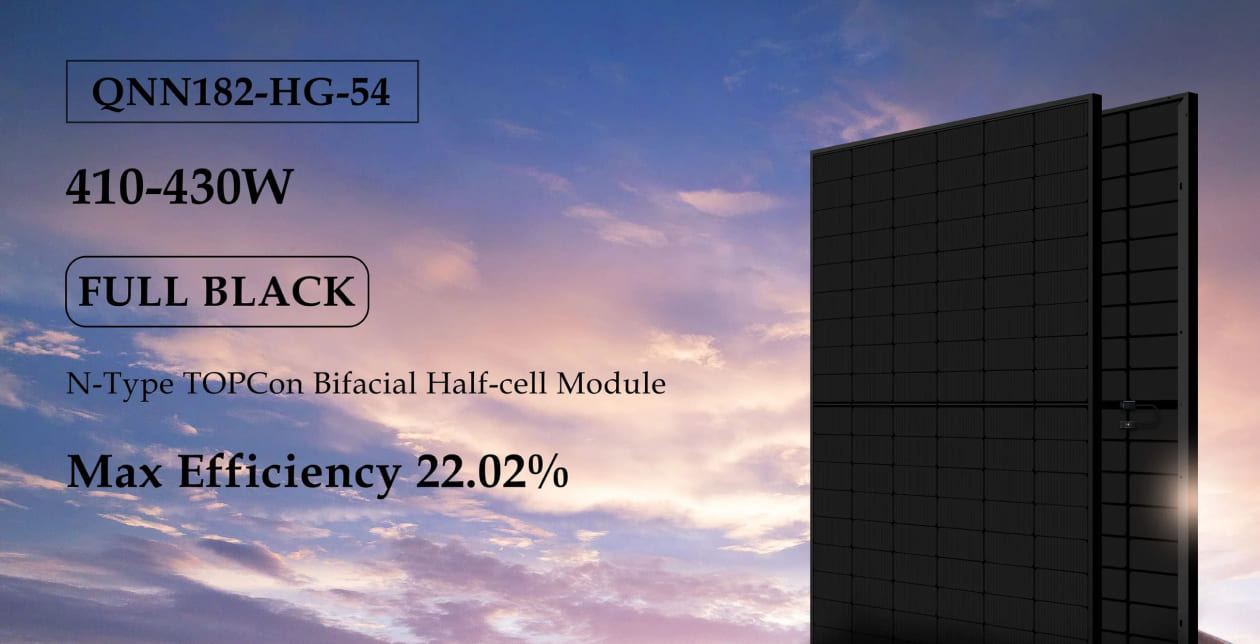
Robinsun launches bifacial kits, bringing the most advanced solar technology to households living in flats
At Robinsun, our mission is to bring the full advantages of solar energy to households living in flats. Our plug & play solar kits allow our customers to generate electricity for self consumption, as owners of houses have already been able to do for years. Our battery systems, launched in summer 2023, allow households in flats to store their excess electricity, for consumption outside of sunshine hours. Now, Robinsun brings the latest solar panel technology to plug & play kits, upgrading our Performance kit range to a new generation of solar panels. Partnering with QN Solar, Robinsun Performance kits now include latest generation N-Type TOPCon, bifacial solar panels of 420 Wp. With just 172 x 113 cm surface and 24 kg weight, these panels are among the highest efficiency models on the market in Europe today. And last but not least, these panels are full black, significantly improving the elegance of our kits.
What are bifacial solar panels?
Bifacial solar panels produce solar energy from both sides. This has various advantages, the most obvious being an increased productivity of the panel. Bifacial solar panels produce up to 30% more energy than single-faced panels, according to manufacturers. Real life tests have shown 10-20% increases in productivity. This happens because during some times of the day, the sun might shine from behind the panel. Also, while the sun shines on the front of the panels it might also reflect from the wall or roof behind them. Bifacial solar panels capture that radiation, increasing production.
Bifacial solar panels have a glass surface on both sides, increasing stability, UV resistance and durability. This also slightly increases their weight.
What are N-type and TOPCon?
Solar panels used to be P-type, but have been found to have durability issues. New N-type panels, like the ones used in our Robinsun Performance kits, have different coatings that extend their lifetime.
TOPCon (tunnel oxide passivated contact) solar cells are a new technology, replacing the currently used PERC (passivated emitter and rear contact) solar panels. They offer higher efficiency rates, lower degradation, better resistance to extreme weather conditions, and an improved low-light performance.
What do these technologies mean for you?
As a result, QN Solar gives 30 years production warranty on their panels, higher than the industry standard 25 years. Efficiency of the bifacial panels is 22,02%, higher than the 21,0% of the Longi panels we used previously. Add to that the increased productivity, and you can clearly see how a plug & play solar kit using bifacial, N-Type, TOPCon modules outperforms a kit using monofacial, P-Type, PERC panels. Below you find a table comparing the two.
|
Monofacial P-Type PERC |
Bifacial N-Type TOPCon |
|
|
Wp |
410 |
420 |
|
Panels used |
2 |
2 |
|
Kit power (Wp) |
820 |
840 |
|
Bifacial increase |
0 |
15% |
|
820 |
966 |
|
|
Yearly PV energy production (kWh) |
1,340 |
1,579 |
|
Production warranty (years) |
25 |
30 |
|
Price per kWh |
€0.036 |
€0.027 |
|
Yearly savings |
€401.99 |
€473.57 |
|
Kit cost |
€799 |
€799 |
|
Earnback time |
2.0 |
1.7 |
We have compared the production results of our previous version of Performance kits, using 2 Longi 410W panels, with our brand new version using QN Solar 420W bifacial panels. Both kits were compared for the same location in central Spain, with the same slope and azimuth, using the European database PV GIS.
In the table you can see how a bifacial productivity increase of 15% on top of the slightly higher Wp of the panels leads to an 18% increase in production of the kit. The extended production warranty leads to a longer runtime, decreasing the average price of a kWh you produce with your kit over time by 25%, to a mere 2,7 Euro cent. As a comparison, the average price per kWh in Spain in 2022 was 30 Euro cent.
Considering that the two kits cost the same, due to the recent steep decrease in solar panel costs, and how much you can save on your power bill every year, the already extremely low earnback time of 2 years is now decreased to just 1.7 years. This does not take into account any subsidies or other incentives that solar installations might be subject to.


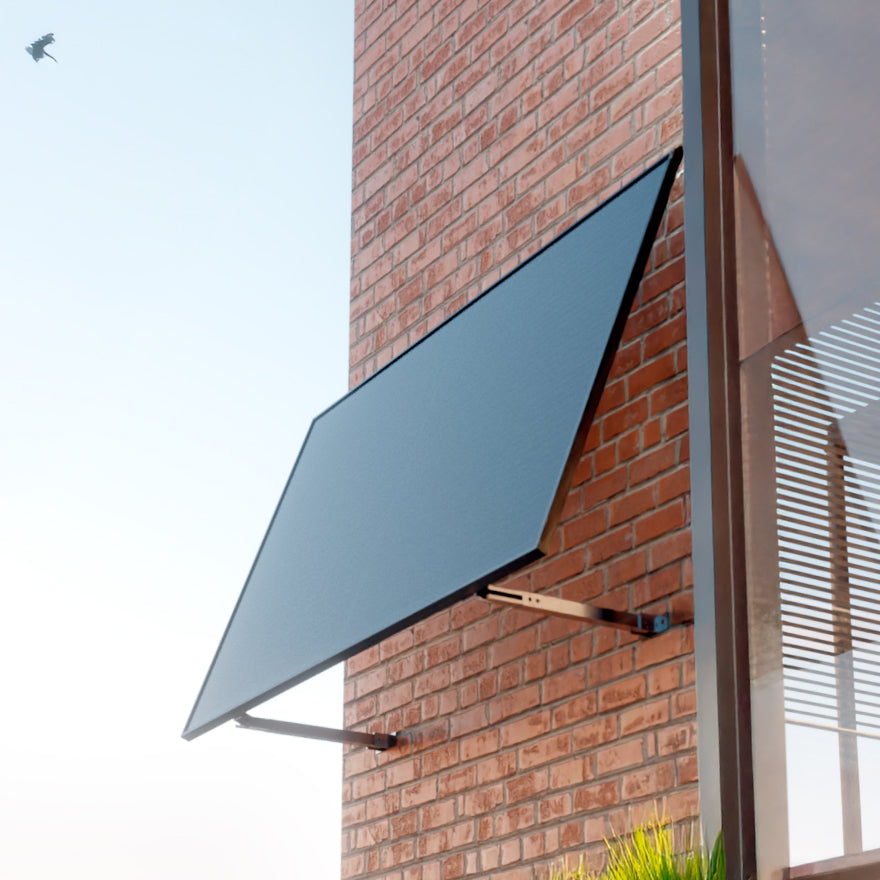
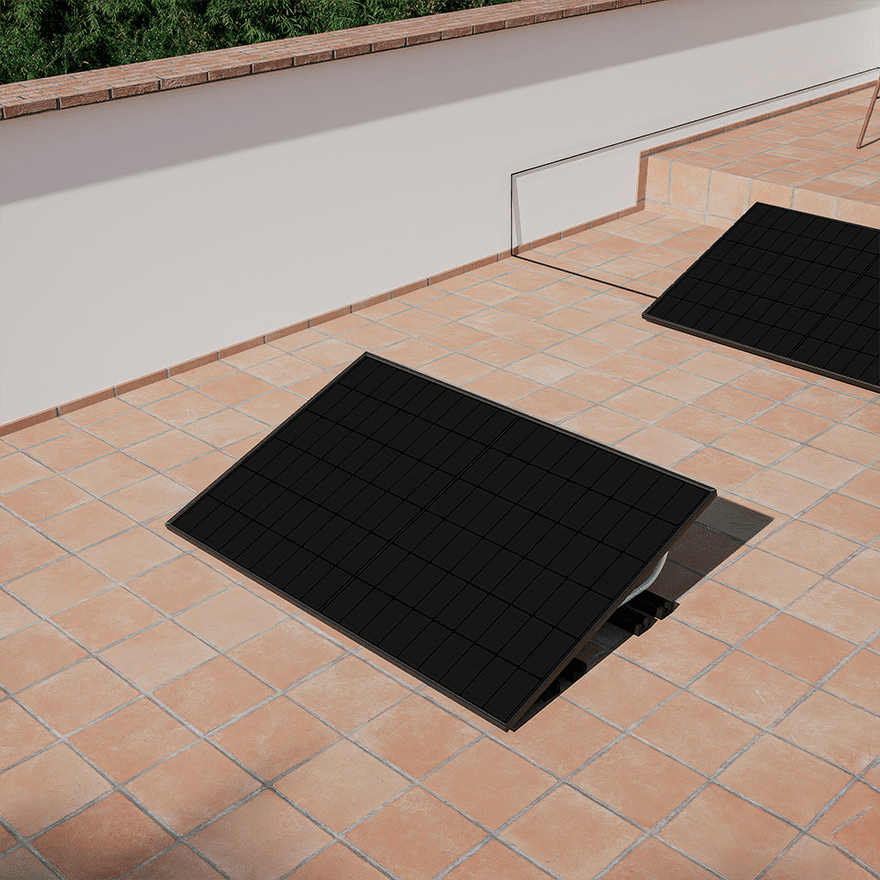
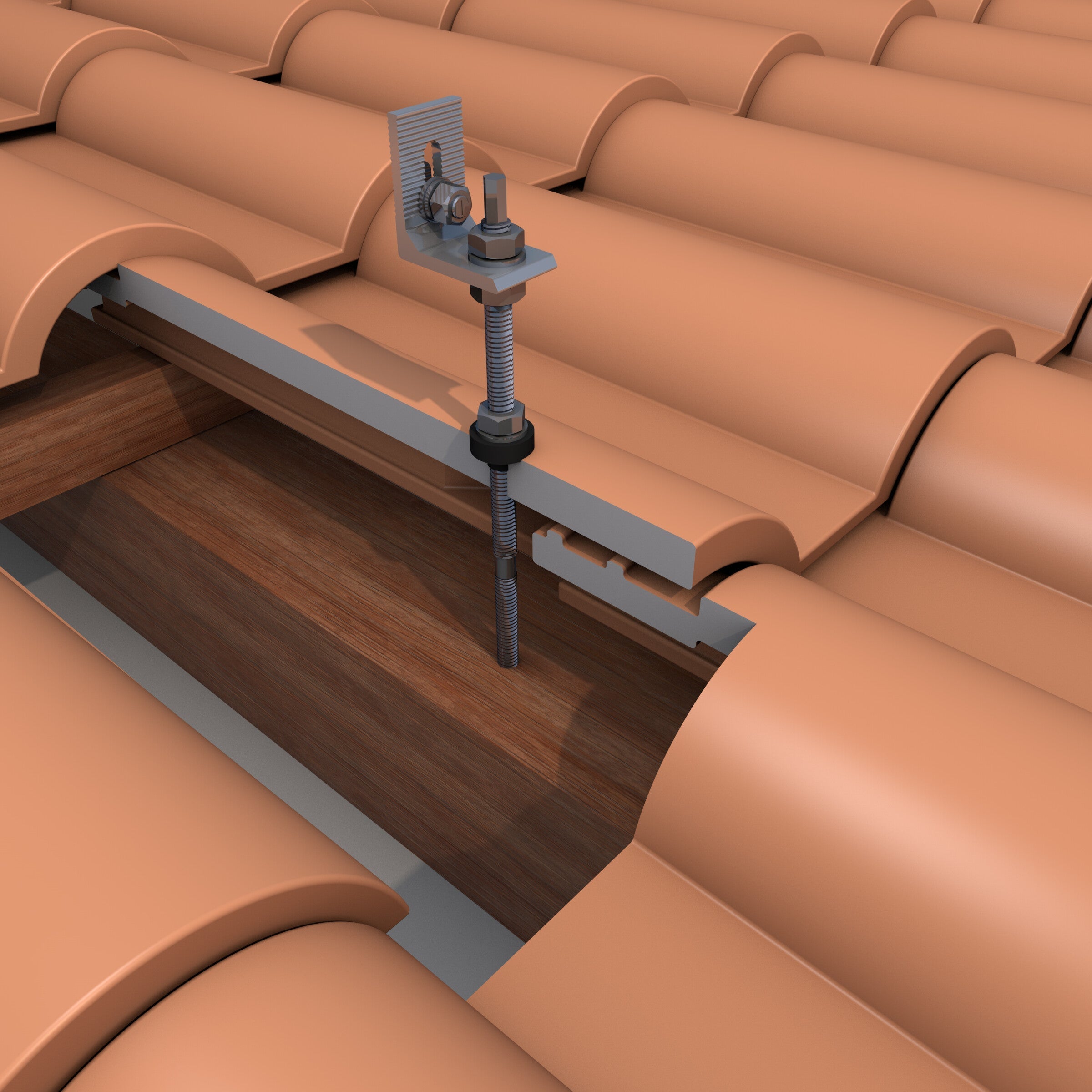
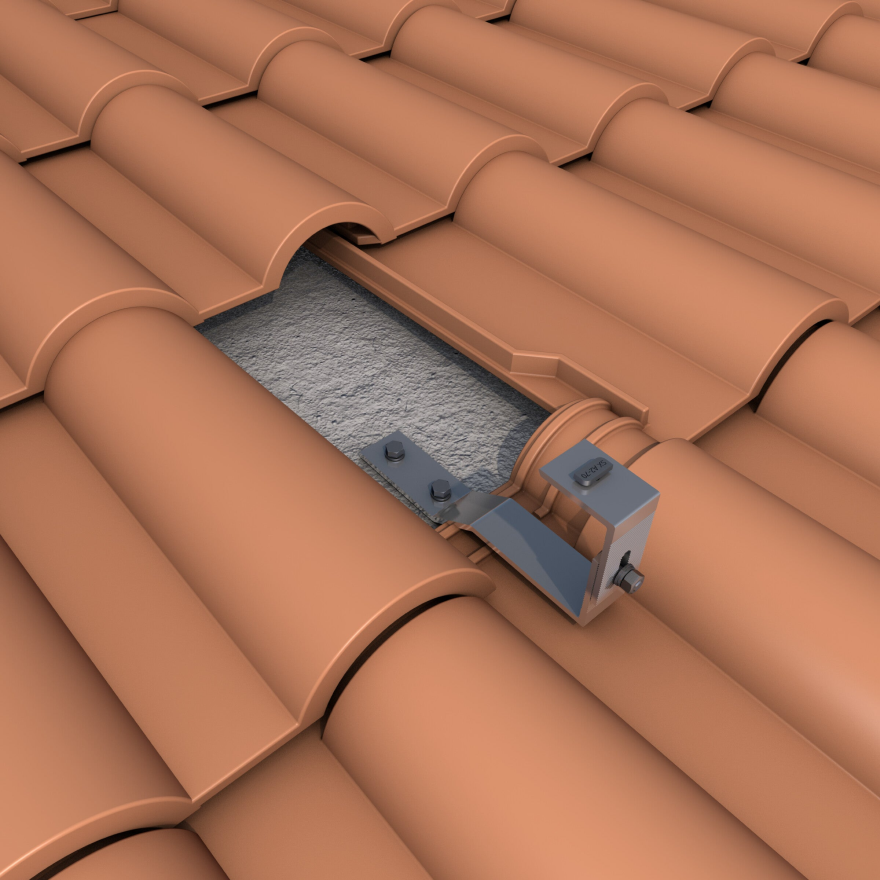


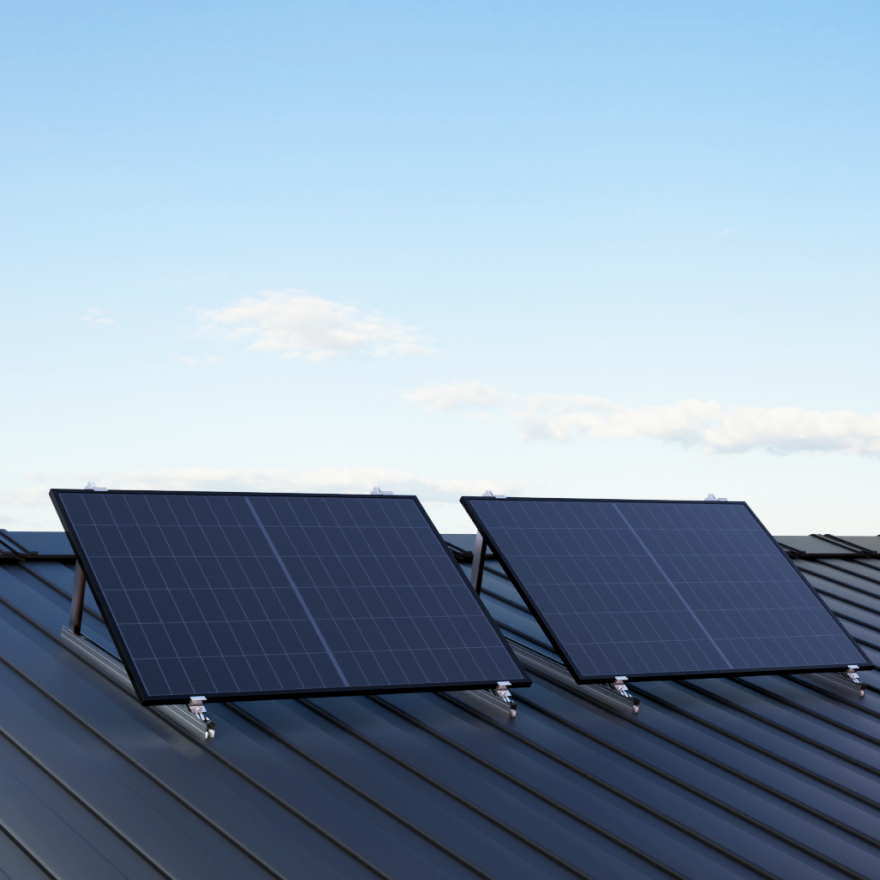
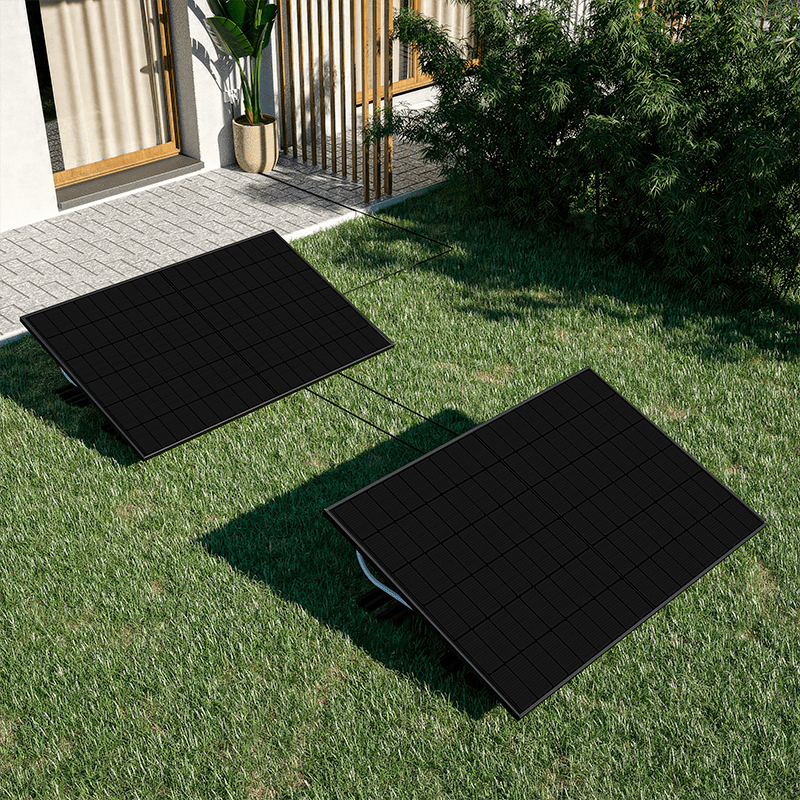
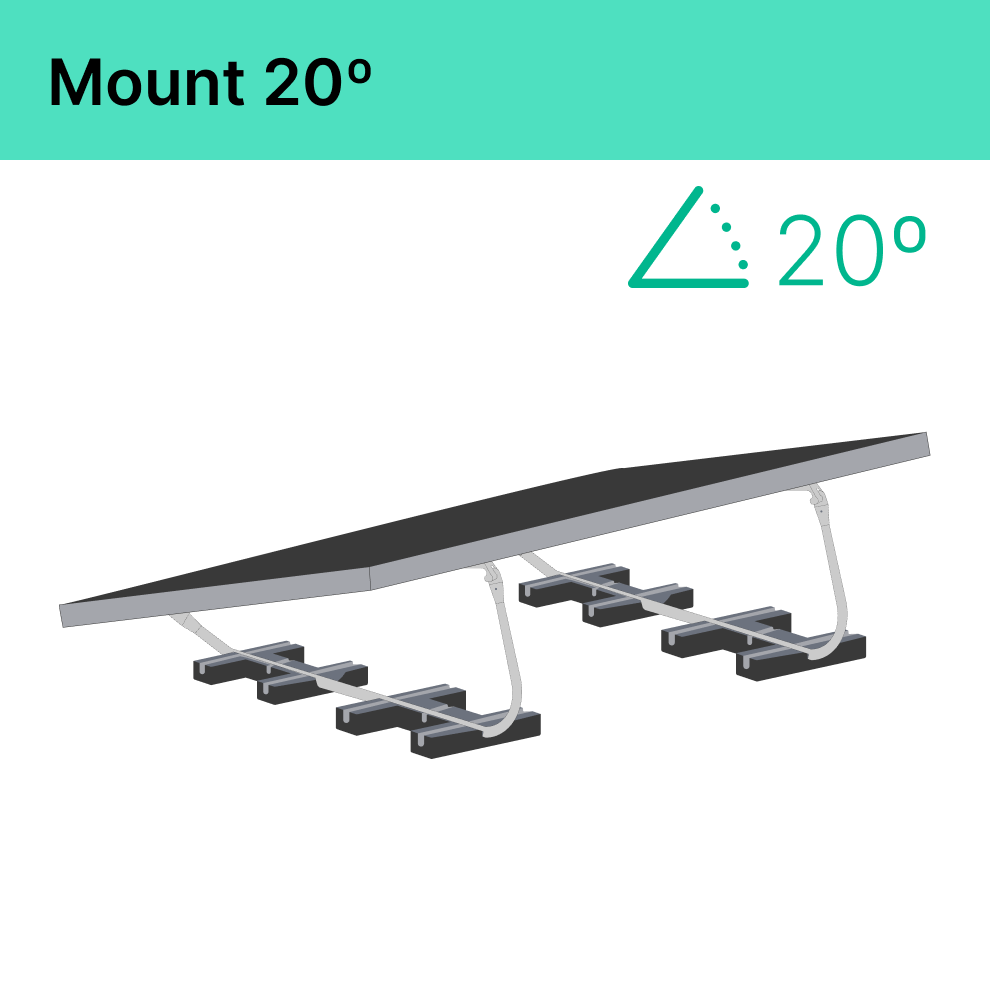
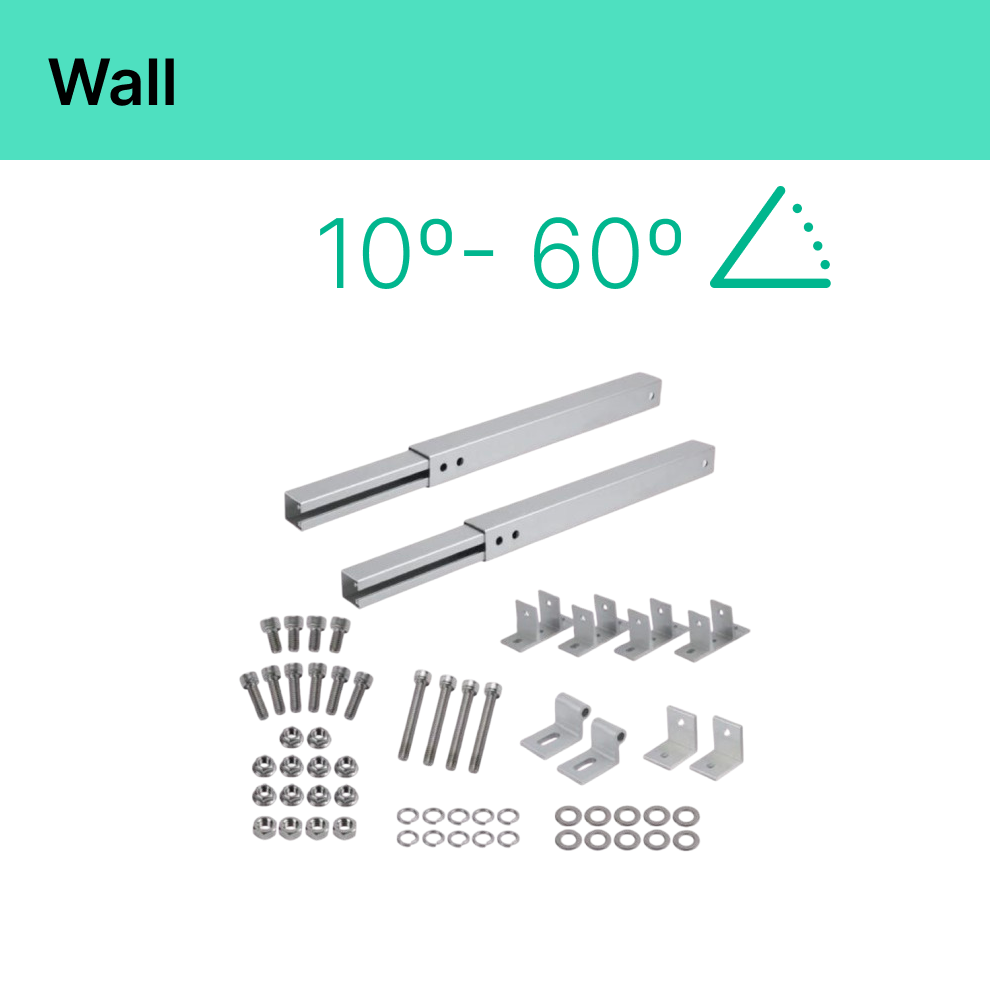
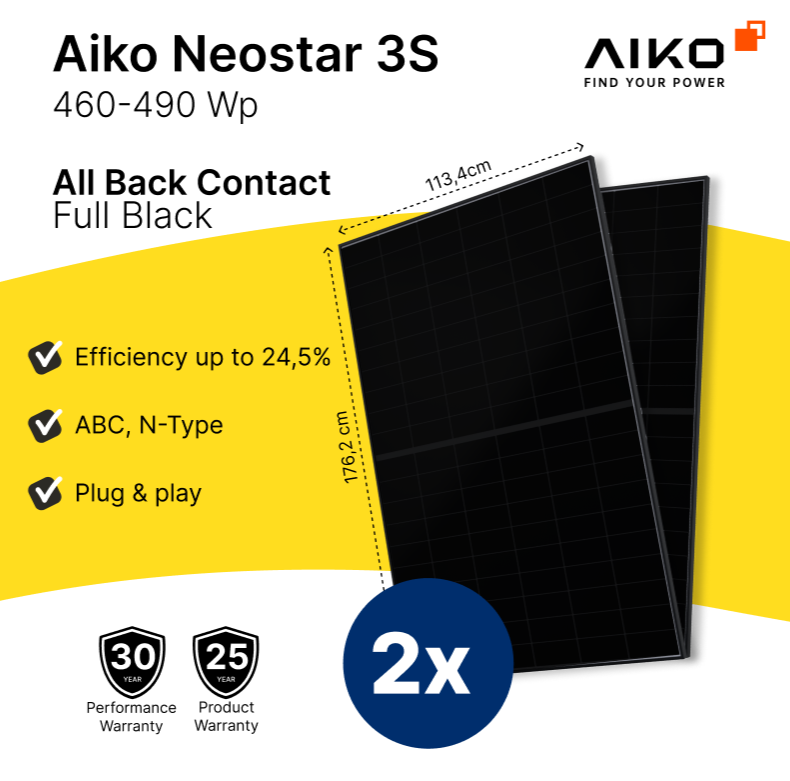
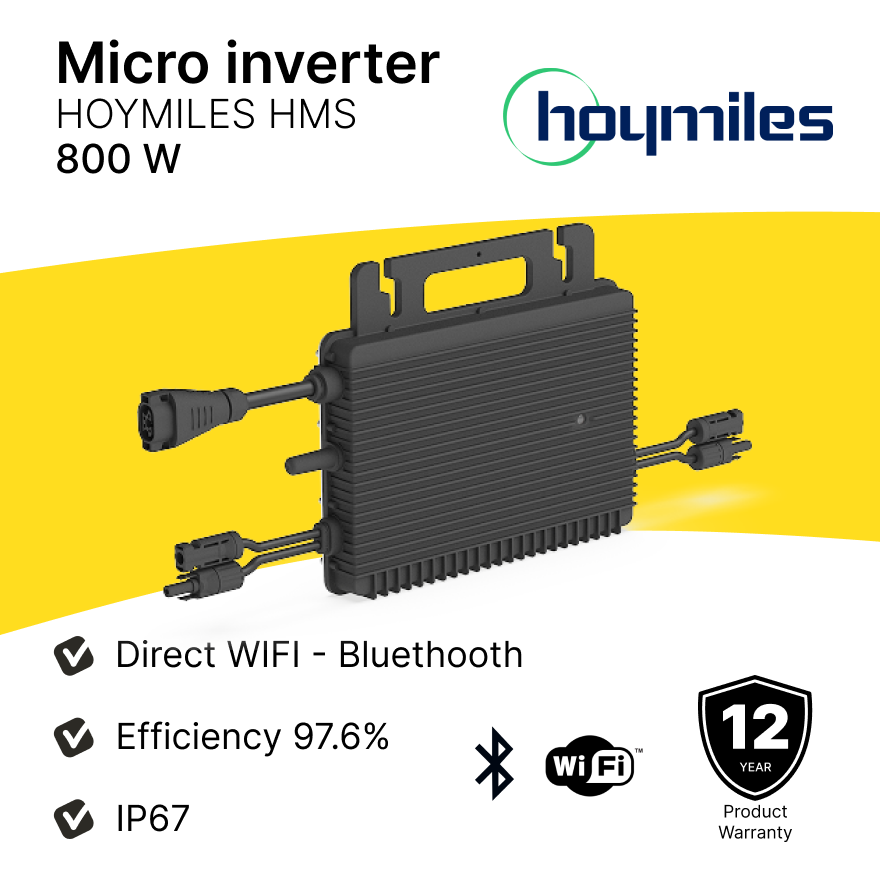
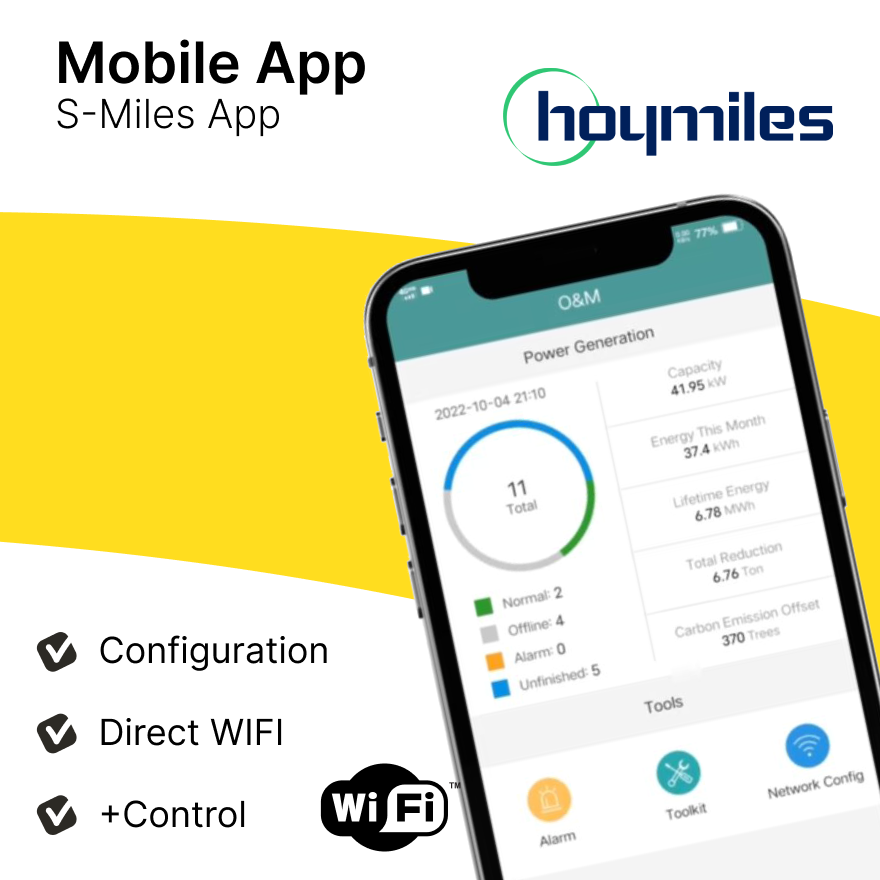
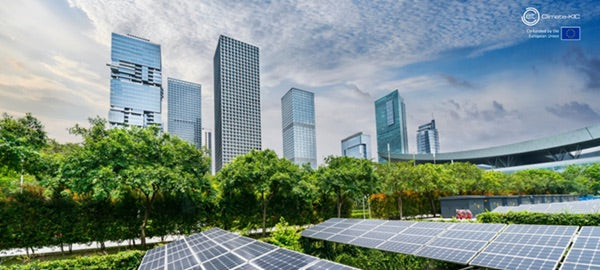

Laisser un commentaire
Ce site est protégé par hCaptcha, et la Politique de confidentialité et les Conditions de service de hCaptcha s’appliquent.